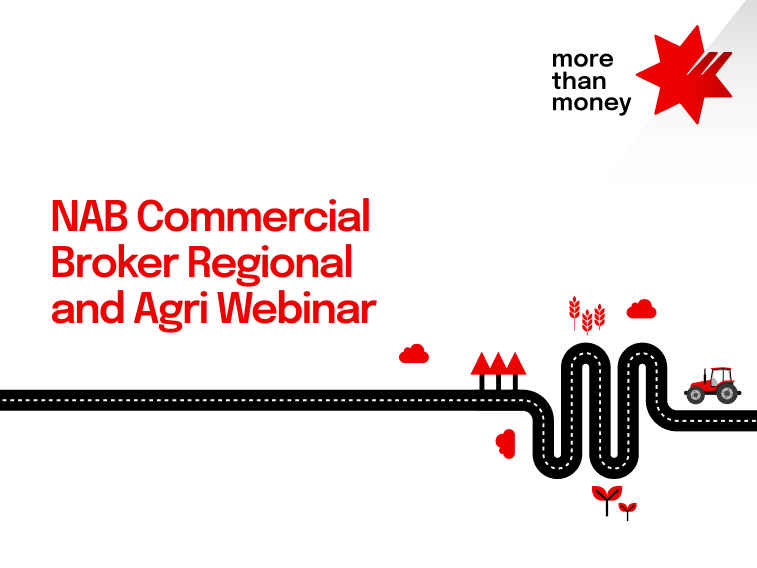An exclusive webinar to help you deliver the best outcomes for your R&A business. Watch now.


Webinar
Investing in assets away from your agribusiness can be a worthwhile strategy for diversifying risk. We outline some pointers to consider when diversifying off-farm to help reduce exposure to factors such as weather cycles and commodity price fluctuations.

Most farmers and other agribusiness owners have the vast majority of their assets tied up in their property or the business related to their property.
This situation, says Iain Rogers, National Manager, NAB Agribusiness Financial Planning, is a dangerous one as it means the investor’s future livelihood is left heavily exposed to cycles such as weather and commodity price fluctuations.
Instead, he suggests, agribusiness owners should consider investing off-farm, as this provides an opportunity to diversify risk and operate in areas that aren’t equally exposed to agricultural risk. Diversification of risk by investing off-farm is all-important and, of course, it also provides diversification of income and capital return, explainsRogers.
“For example, many farmers now have exposure to the share market and to the residential capital city market. No matter what’s happening on their piece of land, they’ve been able to benefit over time by being part of that investment horizon that otherwise they would’ve missed out on.”
Investment, of course, is not without its own unique risks but a well conceived plan will minimise such risk.Rogerspoints to the importance of liquidity of investment – the ability to remove cash from the investment in a hurry – as an important factor to consider.
Due to the fact that the income of most agribusinesses is ‘lumpy’ rather than constant and predictable, a mix of liquid investments or line-of-credit offerings can be essential part of an investor’s long-term strategy, ensuring access to funds in poorer income years.
“The main and most important thing for an investor is to get a qualified financial planner to put together a strategy specific to their needs, risk tolerance and aspirations of generating wealth,” saysRogers. “Any type of investment is such an individualised thing and its success can come down to individual risk tolerances.”
So, does off-farm investment suit a specific demographic?
“Broadly speaking, off-farm investment is most attractive to well-established farm operations and those operations where the owners are between 10 and 15 years away from retirement,” saysRogers. “They’re looking for maximum opportunities to generate wealth and take advantage of tax and social security advantages.”
He adds that farmers who have children and are looking at ways of bringing the next generation of farmers back onto the family farm are also ideally suited to start putting in place this type of investment strategy.
Such investments will often be split between superannuation devices (to take advantage of tax benefits); income-producing unit trusts; cash deposits (to ensure liquidity); and other investment exposures, such as shares and property.
Most importantly, no matter what the location or size of the assets acquired, a strong and comprehensive off-farm investment strategy based on advice from experts must always address the following:
© National Australia Bank Limited. ABN 12 004 044 937 AFSL and Australian Credit Licence 230686.